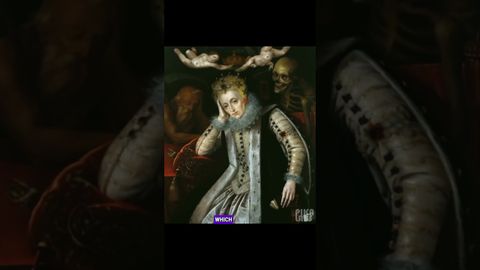什麼是文藝復興時期的憂鬱?(What is Renaissance melancholy?)
 沒有此條件下的單字
沒有此條件下的單字US /pɚˈsɛpʃən/
・
UK /pəˈsepʃn/
- n. (c./u.)知覺;感知;知覺;理解;看法;觀點;信念;洞察力
US /sɪɡˈnɪfɪkənt/
・
UK /sɪgˈnɪfɪkənt/
US /ˈæspɛkt/
・
UK /'æspekt/
- n. (c./u.)方面;觀點;(某物的)要素;特徵
US /prəˈfaʊnd, pro-/
・
UK /prə'faʊnd/

